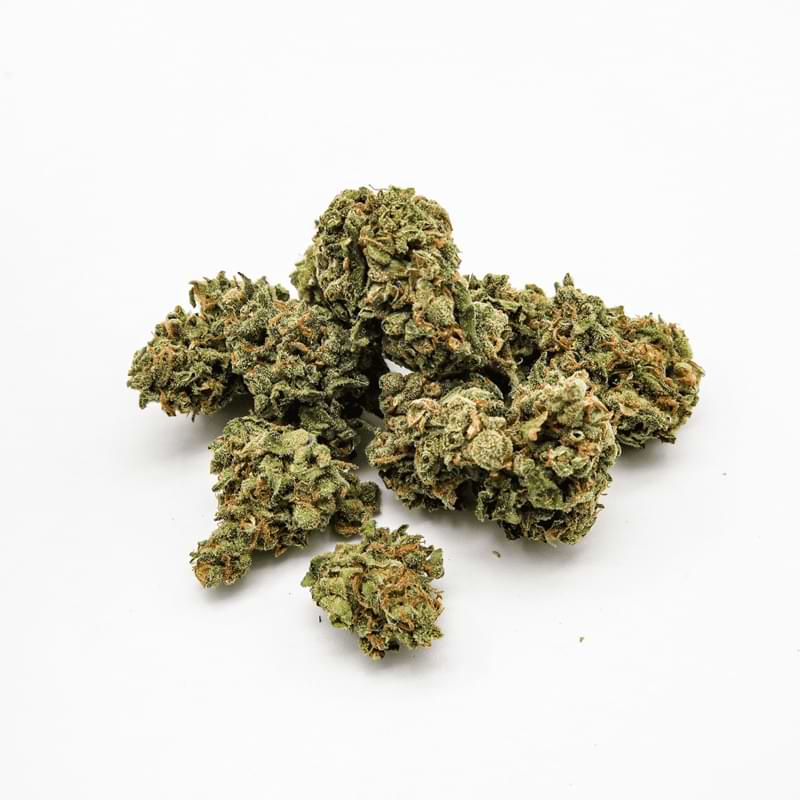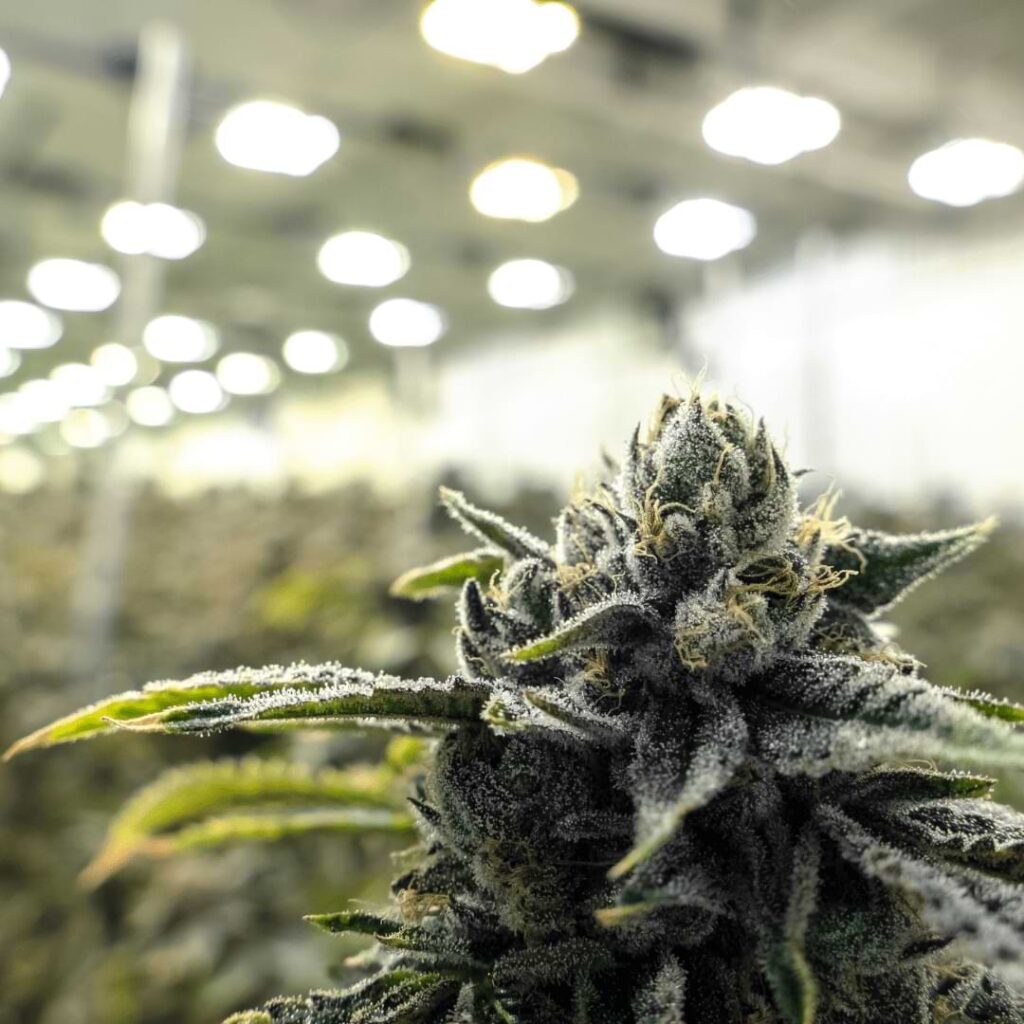When it comes to cultivating healthy and vibrant cannabis plants, providing the right amount and quality of light is crucial.
However, sometimes growers may encounter an issue known as light bleaching, where the plants become pale or discolored due to excessive light exposure.
In this blog post, we will delve into the topic of light bleached weed, exploring its causes, methods to fix the issue, and preventive measures to ensure optimal plant health and development.

Causes Of Light Bleached Weed
Here are the causes of light-bleached weed:
- High-intensity light: Exposing cannabis plants to intense light, especially direct sunlight or high-intensity grow lights, for prolonged periods can lead to light bleaching. This excess light overwhelms the plants’ ability to process and utilize it effectively.
- Close proximity to light sources: Placing cannabis plants too close to the light source can result in concentrated light hitting specific areas, leading to localized bleaching. This is particularly common when using powerful grow lights or failing to adjust the light distance as the plants grow.
How To Fix Light Bleached Weed
Here are some ways to fix light bleached weed for you to revert your plants back to full health:
- Adjust the light intensity: If you notice signs of light bleaching, reduce the light intensity by either increasing the distance between the light source and the plants or adjusting the light output of the grow lights. This allows the plants to receive a more suitable amount of light and recover from the bleaching effects.
- Provide shade or diffused light: Shielding the plants from direct sunlight or using light diffusing materials, such as sheer curtains or reflective films, can help reduce the intensity of the light reaching the plants. This provides a gentler light environment and helps alleviate the effects of light bleaching.
How to Prevent Light Bleached Weed
It’s best to prevent light bleached weed by using these tips:
- Optimize light intensity: Be mindful of the light intensity your plants are exposed to. Understand the specific light requirements of your cannabis strain and adjust the light source accordingly. Strike a balance between providing sufficient light for healthy growth and preventing excessive light exposure.
- Maintain an appropriate light distance: Regularly monitor the distance between the plants and the light source. As the plants grow, adjust the height of the lights to ensure proper coverage and prevent localized bleaching. Refer to experienced growers for guidance.
- Use light reflectors or diffusers: Utilize light reflectors or diffusers to distribute light evenly across the canopy. Reflective materials, such as Mylar or white-painted surfaces, can help bounce light back onto lower foliage, minimizing the risk of bleaching.
- Follow a consistent light schedule: Establish and maintain a consistent light schedule for your cannabis plants. This includes providing the appropriate duration of light during the vegetative and flowering stages. Avoid sudden changes or irregular light patterns that can stress the plants and increase the likelihood of light bleaching.
While light bleaching can negatively impact cannabis plants, it can be addressed and prevented properly.
Adjusting light intensity, providing shade or diffused light, and maintaining suitable light distances are effective ways to address light bleached weed.
Additionally, optimizing light intensity, using reflectors or diffusers, and following a consistent light schedule can help prevent the issue from occurring.
By understanding the causes, applying fixes, and implementing preventive measures, growers can ensure healthy and thriving cannabis plants throughout their cultivation journey.
For more info on optimizing your cannabis grow space, check out, you can register for our free Ultimate Marijuana Home Growing webinar.
Subscribe to our newsletter to get updates about indoor and outdoor growing tips. New subscribers receive a free Quickstart Guide to Growing Marijuana Ebook and they can join our Weed Wisdom Facebook Community.







